Every BMW 3 Series, Ranked

The BMW 3 Series has become not only the cornerstone of the sport sedan segment but also one of the pillars of the brand. Even in this era when buyers are SUV crazy and both sedan and coupe sales are shrinking, buying your first BMW 3 Series means something, particularly to enthusiasts.
Of course, like any long-running nameplate, the 3 has had its ups and downs since its introduction in the mid-1970s, so we’re here to rank them for you from worst to best. Also, because BMW’s naming conventions are now seemingly without much meaning, we’re including the 4 Series here too.
More from Robb Report
This $6.5 Million Glass House in Sonoma Is Surrounded by an Olive Grove and Pinot Vines
BMW Just Unveiled a Stunning New Open-Top Concept Inspired by the Legendary Z8
Best of Robb Report
Sign up for Robb Report's Newsletter. For the latest news, follow us on Facebook, Twitter, and Instagram.
Click here to read the full article.
E21 (1975-1981)

BMW’s first crack at the 3 Series came way back in 1975 with the E21 chassis. This car isn’t inherently bad, but considering that it had to replace one of the most beloved European cars in history (the 2002) and do so in an era where smog regulations in the US were killing performance means it wasn’t the best of the best.
Unlike later 3 series, the E21 was only ever offered from the factory as a coupe (though convertibles were offered from coachbuilder Baur) and while it spawned some of the coolest BMW race cars ever with the Group 5 320 turbos, they never became as ubiquitous or beloved as the E30, for example.
Initially, the E21 was offered exclusively with carbureted four-cylinder engines, though by late 1975 BMW offered fuel-injected engines and six-cylinder models. The E21 didn’t hit US shores until 1977 and when it did, it was only offered as the 320i and was pretty severely detuned compared to Euro models.
E36 (1990-2000)
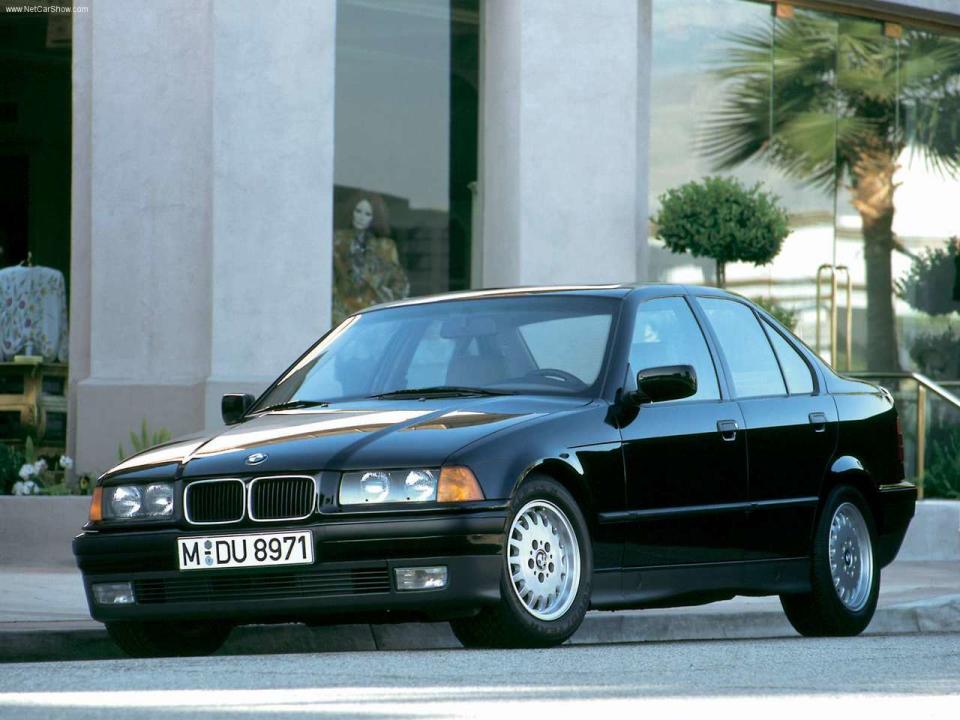
The E36 BMW suffers pretty heavily from middle-child syndrome. By this, we mean that it had to live up to the E30 that preceded it and somehow offer more of everything. Unfortunately, while BMW got some things right with the E36, it didn’t quite nail its goal.
The biggest and most obvious change from E30 to E36 is the car’s size. The E36 is just a bigger car, with more safety and more luxury. Other changes include moving away from the E30’s semi-trailing arm suspension to a multi-link rear from the Z1 and giving the range-topping M3 a very angry inline-six dubbed the S50 which, in Europe from 1995 to 1998, made 321 hp. The US only got a warmed-over standard engine called the S52 that made 240 hp.
Of course, other issues cropped up with the E36, including cheap-feeling interiors that haven’t worn well over time, as well as issues with the anti-lock braking system and the driver’s airbag. These aren’t the end of the world and compared to some of the issues with the later 3 Series, they’re downright piddly.
The E36 is having something of a renaissance right now and while it’s cool to see people caring for these cars, it’s still nowhere near the top of the heap.
F30/F32 (2012-2019)
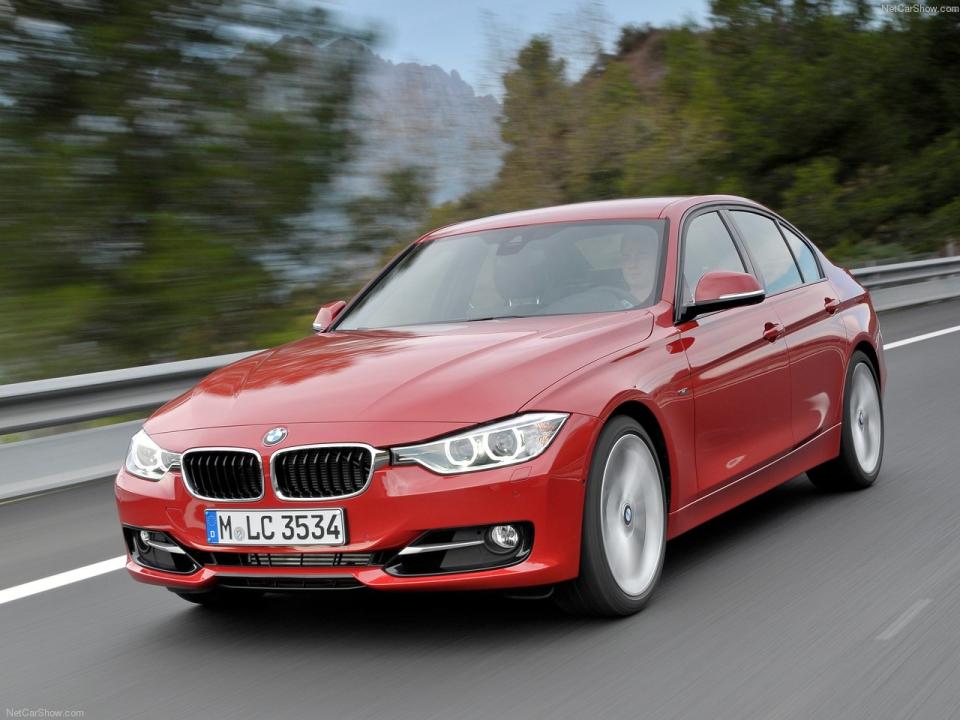
The quality of BMW’s 3 Series as drivers’ cars tends to be a peaks and valleys situation. The E90 chassis was great (more on this later), but the F30 was just OK. Even the F80 M3 had some sizable failings (like the worst-sounding performance engine ever), despite not being bad overall.
The F30 was a much cleaner styling exercise than the Bangle-era E90, with a much more delicate front end and a marginally less spartan interior. The four-cylinder gas and diesel engines were, well, fine. The six-cylinder engines were decent too.
This is also the first time that BMW decided to break out the 3 Series coupe into its own model designation – the 4 Series. It gets worse though, because the whole “even numbers are coupes” methodology that the brand spouted ended up being kuhscheiße because they offered a four-door version of the 4 series under the Gran Coupe designation.
The F30’s plight is a big exercise in the idea of being damned with faint praise. It’s not bad, but it’s just not that good either, especially when compared to the cars that bookend it. The same is true for the 4 Series.
G20/G22 (2020-Present)
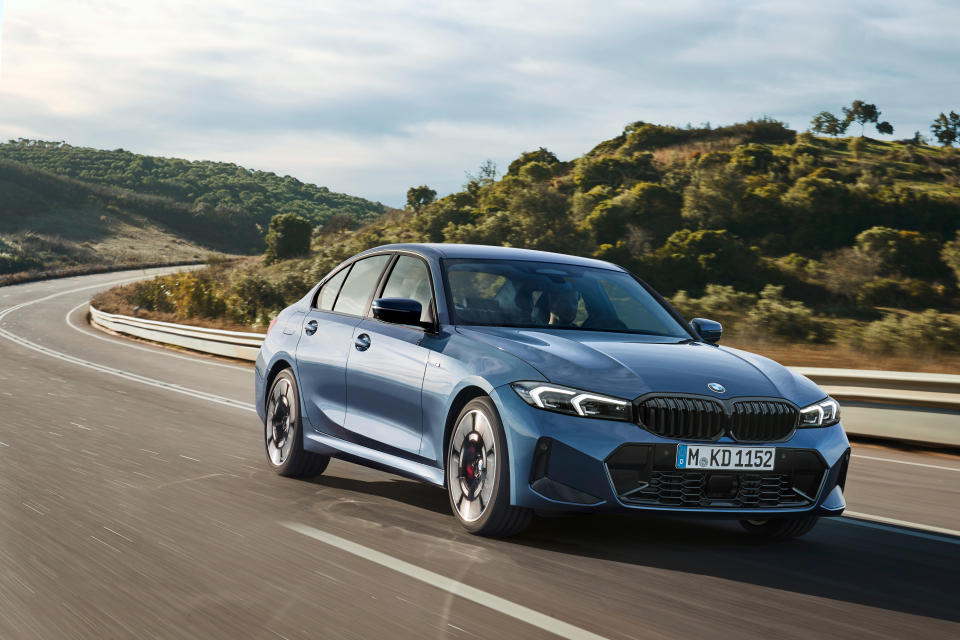
Dynamically and from an interior standpoint, the G20 and G22 models are fantastic. They do everything a 3 or 4 Series ought to. Everything was going great when they were introduced in 2020 and then it all went off the rails for the 4 Series.
My biggest beef with the current 4 Series models is their styling. It’s like BMW wanted to experiment with negging their customers or possibly making hostile architecture into an automotive design language. Sure, we’re all getting used to those massive grilles now that we’ve been subjected to them for a few years but humans will get used to anything given a long enough timeline. That doesn’t mean it’s good.
This generation of M3 and M4 are arguably some of the most brutally quick and sharp cars the brand has ever released and this also marks the first time you can get an M3 or M4 with all-wheel drive. That extra pair of driven wheels makes the M3/M4 xDrive an absolute weapon on greasy pavement.
E90 (2006-2011)
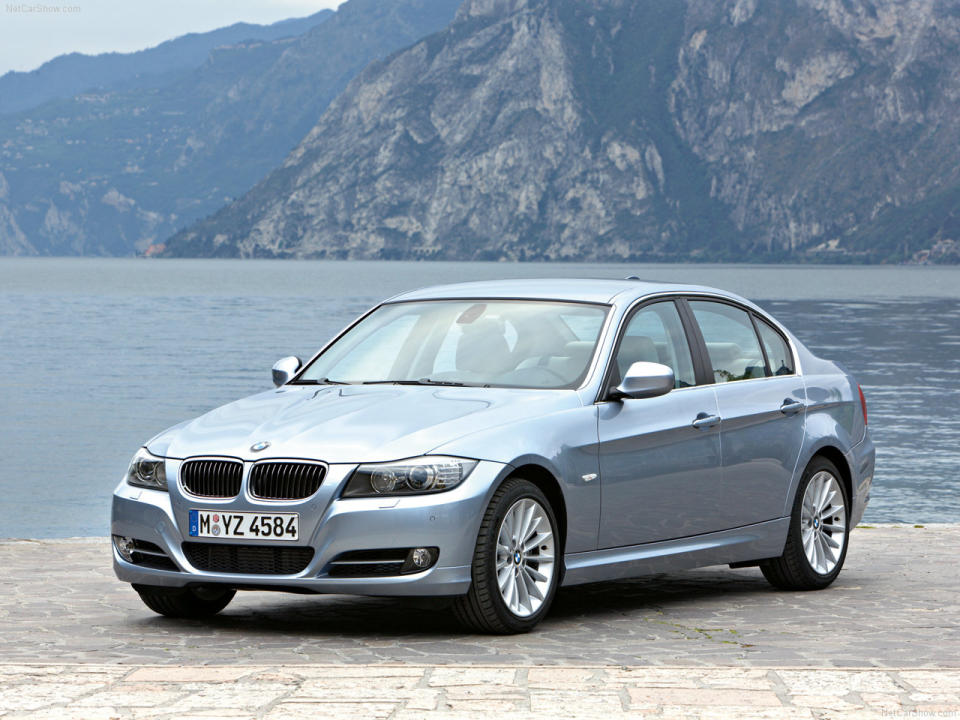
While this list isn’t about M3s specifically, I’m going to come out and say right now that the E90/E92 M3 with its screaming 4.0-liter V8 (the only V8 ever fitted to an M3) is and is likely to remain the best M3 BMW ever made. That engine, rod bearing issues aside, is a work of art and the chassis that it lives in isn’t far off.
The E90 had a tough gig in replacing the E46 3 Series. People were a little put-off by the whole Bangle-butt flame surfacing styling thing and arguments were made that the E46 was the last of the classic 3 Series models. BMW was becoming a very different animal and some felt that the direction in which the company was going wasn’t the right one.
Of course, then people started getting behind the wheel of models like the 335i and 335is with their incredible twin-turbo 3.0-liter inline-six engines with massive power and torque potential. The 335d is still whispered about by BMW dorks (myself included) and is still desirable for its efficiency, sophistication (especially relative to the later, noisier four-cylinder diesels), and stump-pulling torque.
Even the base 328i with its naturally aspirated inline-six was great to drive and has proven popular with autocrossers looking to be competitive on the cheap.
The E90 platform punched above its weight class and I suspect that these models will be future classics.
E46 (1999-2006)
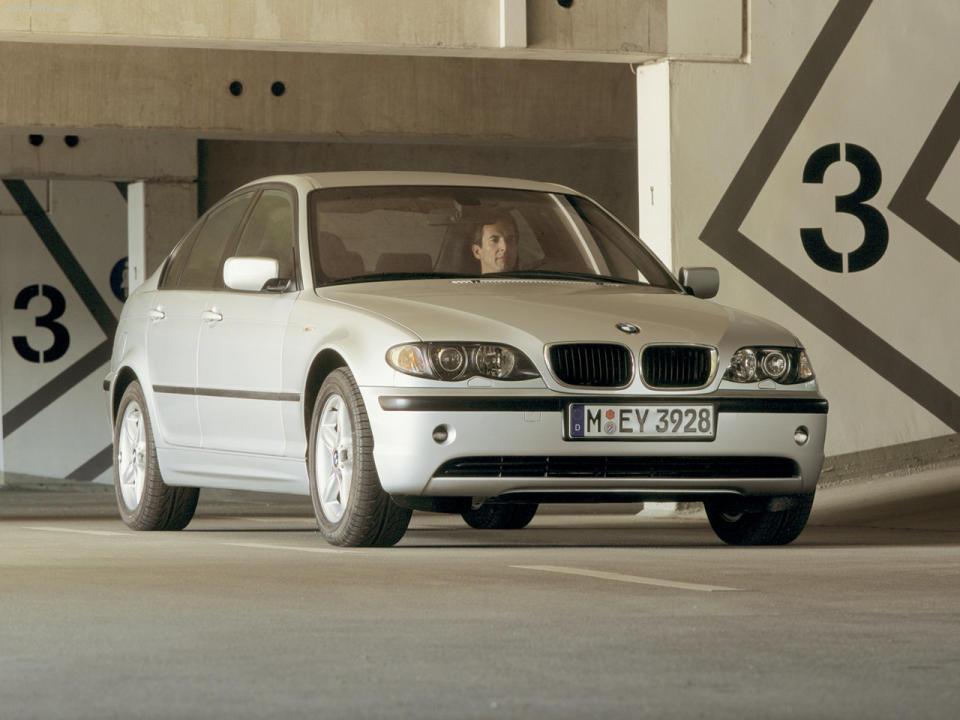
The E46, alongside the E39 5 Series and E38 7 Series, represented a true golden era for BMW. These cars ticked all the boxes that originally brought enthusiasts to the brand: excellent engines, competent chassis, hard-wearing simple interiors, and gorgeous yet subdued styling. This is also the last era before widespread turbocharging became the norm across the model lineup. Many would call the E46 the top of the 3 Series mountain, and there’s definitely a good case for it.
Even now, 25 years after they entered production, the E46 is still a common sight on our roads, and keeping them there is pretty easy given the widespread knowledge of their weaknesses and a dedicated aftermarket. They are a modern classic that’s easy to live with, which is harder to find than you might think.
Then we get to the E46 M3. Holy hell, what a thing. Everything about this car from its subtly more aggressive styling to its howling, raspy chainsaw of an engine — aka the legendary S54B32 with its 338 horsepower made way up at 7,900 rpm — just screams classic. People are paying big money for the E46 M3, with even rough ones going for mid-teens to low-$20,000s.
The E46 has come to typify the things that made people worship at the altar of BMW and as far as golden calves go, it’s pretty good.
E30 (1984-1991)
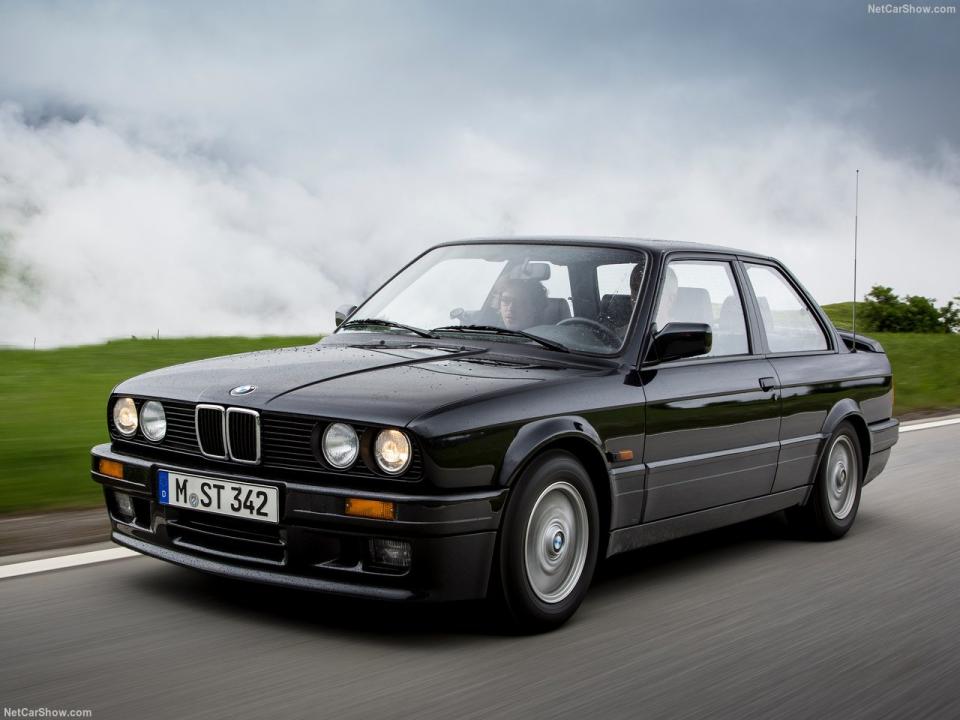
The top of the mountain. The legend. The BMW by which all other BMWs are judged. The DTM destroyer and the “I used to buy these for $1,000 all day long but now they’re $9,000 for a totally roached one.” The mighty E30.
The BMW E30 is a lot of things. It’s the right size. It’s light. It’s the right shape and still looks good today. It’s available with great engines but has enough room for some pretty nutty swaps. Oh, and the E30 M3 with its screaming S14 four-cylinder engine and God’s own box flares has been captivating car nerds for decades.
Sure, it has a semi-trailing arm rear suspension which will bite you if provoked. They’re prone to rust and now unless they’re museum-grade, they’ve all been beaten to death and gone through the hands of 13 increasingly broke owners. None of that matters. This is the BMW that launched countless obsessions and which has won countless races on just about every continent save Antarctica, and that’s only because shipping costs would be prohibitive.
The E30, maybe more than any car from the ’80s, still holds sway over people today and it’s unlikely that will ever change.

 Yahoo News
Yahoo News 